Your planner is a hub for your brain.
But is there ever a right time to take a break from your planner?
From the hearts of three fellow busy women, let us offer you some solace with a resounding YES.
The planner is absolutely incredible for charting out rhythms, decluttering your mind, storing tasks and reminders, housing the flexible structures you want to build into your days, providing real-life context for your goals and plans, and helping you get laser-focused on the things that matter most in just minutes.
But sometimes life happens in such a way that trying to dive into our planners feels heavy, out-of-context, or forced.
Has this ever happened to you?
If so, here’s a word of advice: don’t force it.
It’s 100% okay to take a break from your planner, or from parts of it. It’s okay if you never touch your planner on the weekends, or if you go several days only jotting down your top targets. It’s okay if you only timeblock on the days when you need to, or if you only use the habit tracker when you feel inspired.
Here are examples from our own lives that we’ve found taking a break from our own planners makes sense:
- Periods of extreme growth. Sometimes, amazing new things come along that legit break our rhythms and flow. It’s simply one of the risks of serious personal and lifestyle growth—and it’s a good thing! It allows us to mentally go back to the drawing board and re-engage our creativity, rather than going through the motions of old habits that no longer serve our purposes.
- Postpartum. Those sweet, first weeks with baby are not the time to stress about all the things. When the little love comes, your job is to get to know her (and find pockets of time to sleep—something that can rarely be timeblocked ahead of time with a newborn!) Do not stress about “needing” to rush back to your flexible structures. The itch to get organized will come back naturally, and then your planner will be there, ready for you to start tracking all the good stuff (feeding schedules, sleeping schedules, questions to ask your healthcare provider, etc.) as well as giving you a way to ease back into your broader goals. But until then, remember that staring at your baby’s little fingers and toes for an hour is a phenomenal use of your time.
- Family days, trips, vacations, and holidays. When it comes to dedicated family time, our approach is to leverage our planners to proactively prepare things to go as smoothly as possible so that we don’t have to be tied down to our paper lists and schedules. This looks like using our week grid to make sure we’re getting the tasks done we need in order to make ample space for relaxation later, (such as working our way through work deadlines, and all the packing, shopping, cleaning, and food prep lists). You can also exclusively use your planner as a journal while you’re on vacation so that you have a lovely record of what happened (I guarantee you’ll treasure it later!)
- Weekends. Whether or not you use the planner on the weekends is a deeply personal decision. We certainly use ours when it makes sense (for instance, Shelby is off mom-duty on Saturday morning, allowing her a dedicated half-day for work). You might use your Sunday page to record sermon notes. Many people also enjoy planning out their upcoming week on Sunday afternoons—experiment to figure out what works best and feels best for you!
- Crisis times. When there’s an emergency, unless it has to do with serious scheduling issues, typically your planner is not even on your radar. Depending on how emotionally upsetting the emergency is, it might take you some time to get back into a flow or to even have the wherewithal to approach getting mentally organized again. That’s okay. Our planner is designed to reinforce a working memory, reminding you over and over again (due to our dutch-door feature and the overall simplicity of the design) about the things that need to be top-of-mind. During low-key emergencies, these things will likely be available in your memory for quick recall (easing your dependence on your planner). The planner is also a tool that helps you adopt healthy habits quickly when life is stable—which means you’ll have the internal structure needed to weather seasons of crises with increasing intentionality.
- When we just plain don’t feel like it. Now, we have to be careful with this one. All too often, the right decision is to open our planner and at least look at our goals and schedule—but something in us feels resistant to doing so. When this happens, it’s good to go ahead and spend at least five minutes reading through key sections of your planner before deciding not to plan your day. A few things could happen when you do this: (1) you’ll get really inspired and dive back to your intentional living goals; (2) you’ll recognize that your brain really does just need a break, and will decide to come back to your planner later; or, (3), you’ll recognize that your resistance comes from the attempt to avoid some difficult and important decisions. Just remember: the longer your break from your planner, the more things will pile up to track down and sort out later!
How to Jump Back In
After a season of not using your planner, it can feel a little overwhelming to pick it back up.
Here’s a tip that we use in our own lives to make the transition back into getting organized a whole lot easier: Start by simply writing down what has been happening.
You can use your timeblocker to do this. Jot down the time you woke up this morning (or yesterday morning) beside the top line of your timeblocker, and continue your timestamps from there. Then try to fill in a play-by-play of how your day went. This will help your efficiency juices start flowing again, and allow you to see what rhythm tweaks make sense in this season of life.
After this, we recommend starting with filling out your agenda for the rest of the week, identifying your three top targets for the day, and writing down your seasonal goals (and why they matter!)
The micro-journaling prompts can come later as a simple way to rebuild a healthy reflection habit. The self-care section, habit tracker, and week grid are all bonus features that will feel vital in some seasons and optional in others.
Don’t let blank space intimidate you: remember that it’s actually really healthy for your brain. And don’t be a perfectionist! The Evergreen Planner was designed to be a place for brain-dumping so that you can operate with a decluttered mind. Cover mistakes with washi tape or glued-on paper, or use a pencil if it makes you feel better, but stay focused on what matters most.
More than being Pinterest-perfect or Instagram-worthy, your planner is there to empower you to obtain clarity, feel organized, craft a lifestyle that supports your goals, and get focused on your next right step.
You’ve got wildly important things to do.
Leverage your planner to fuel your fire.
__________________________________________
We created the Evergreen Planner System because we needed a flexible tool that would be a hub for our brains – both for those seasons of intense goal setting and for those slower seasons, when we need a tool to help us step back from the grind, re-set and jump back into planning at the right time.
The Getting Started Kit is the perfect way to try two of our core products – the Annual and the Monthly. Don’t wait until we launch our next subscription box – get the tools you need today!
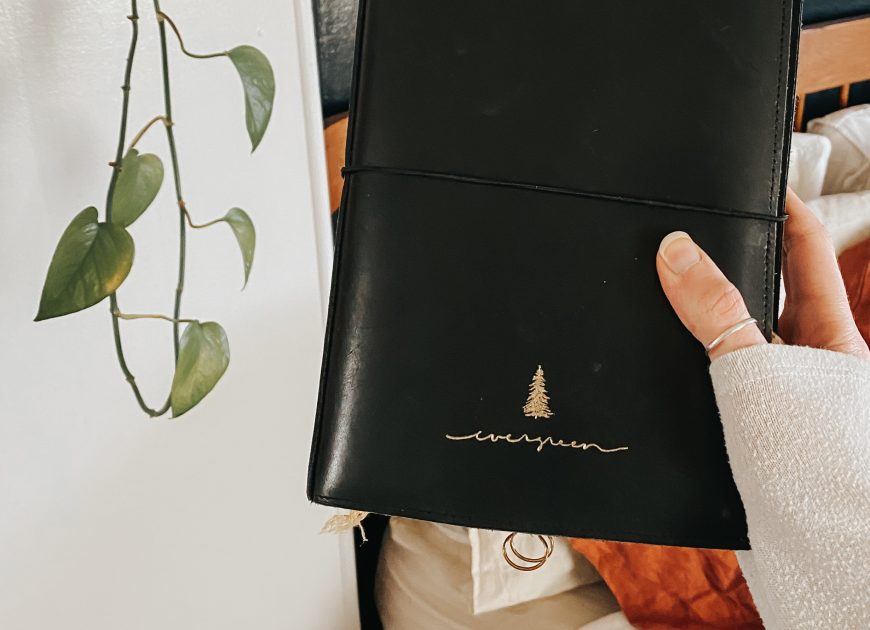
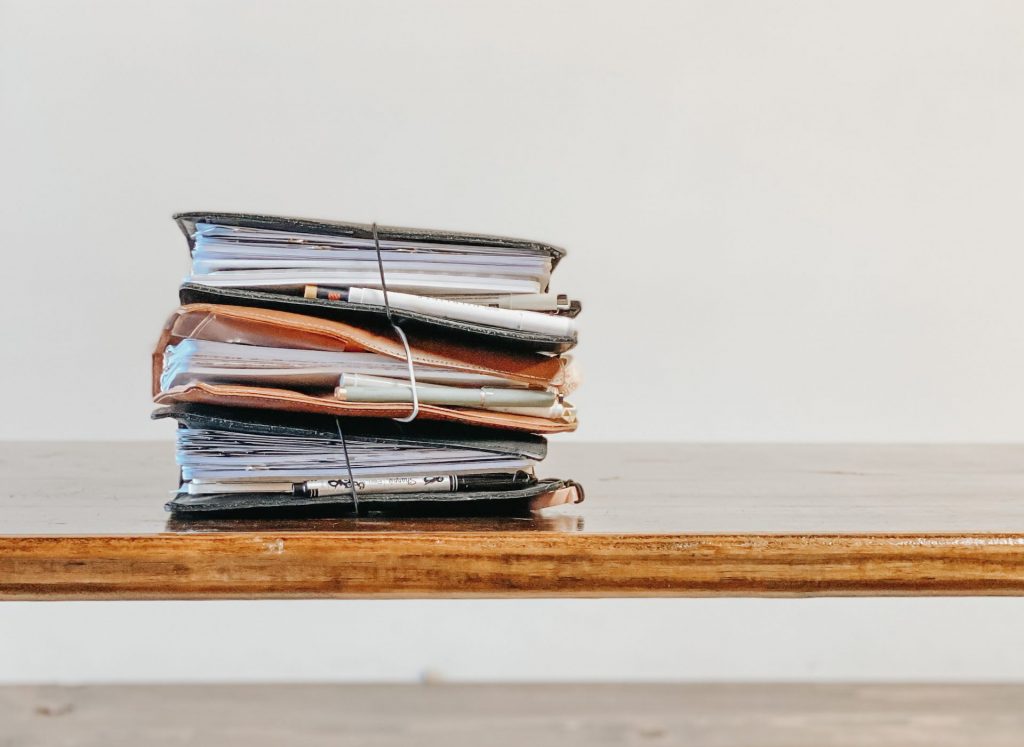
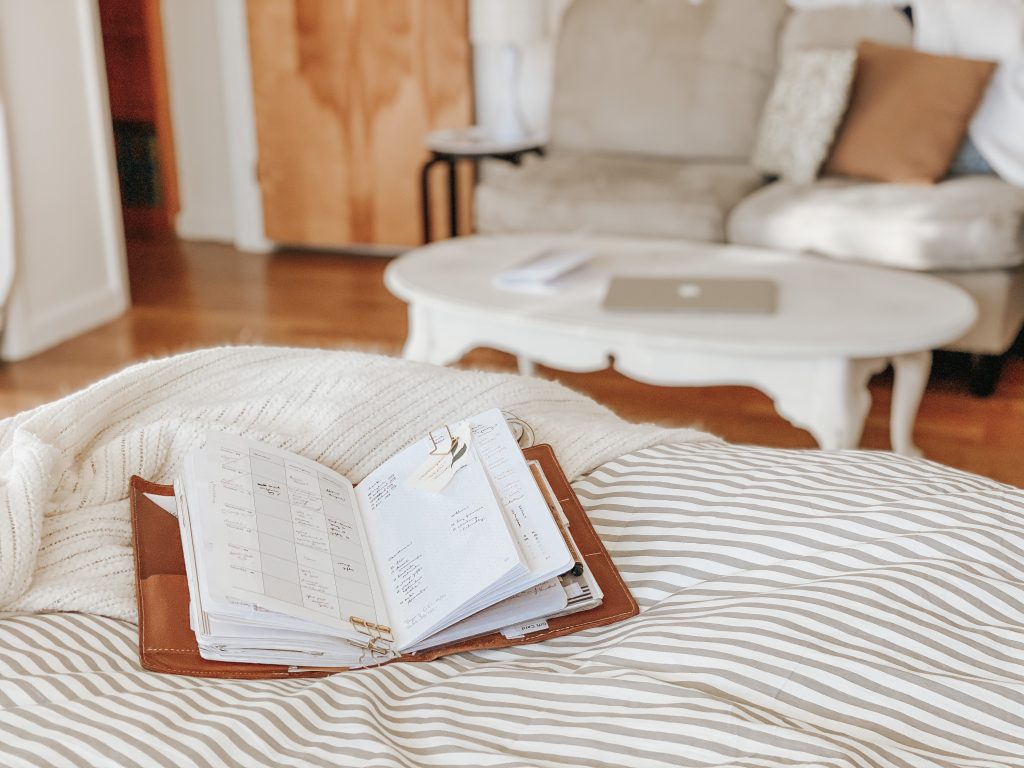
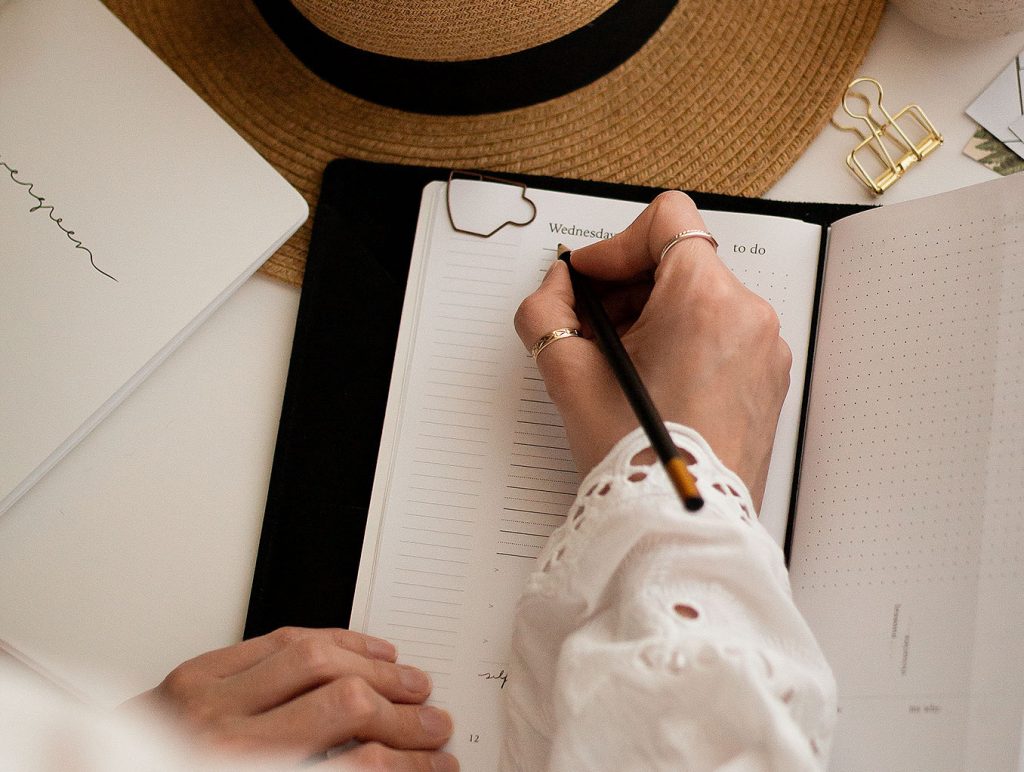
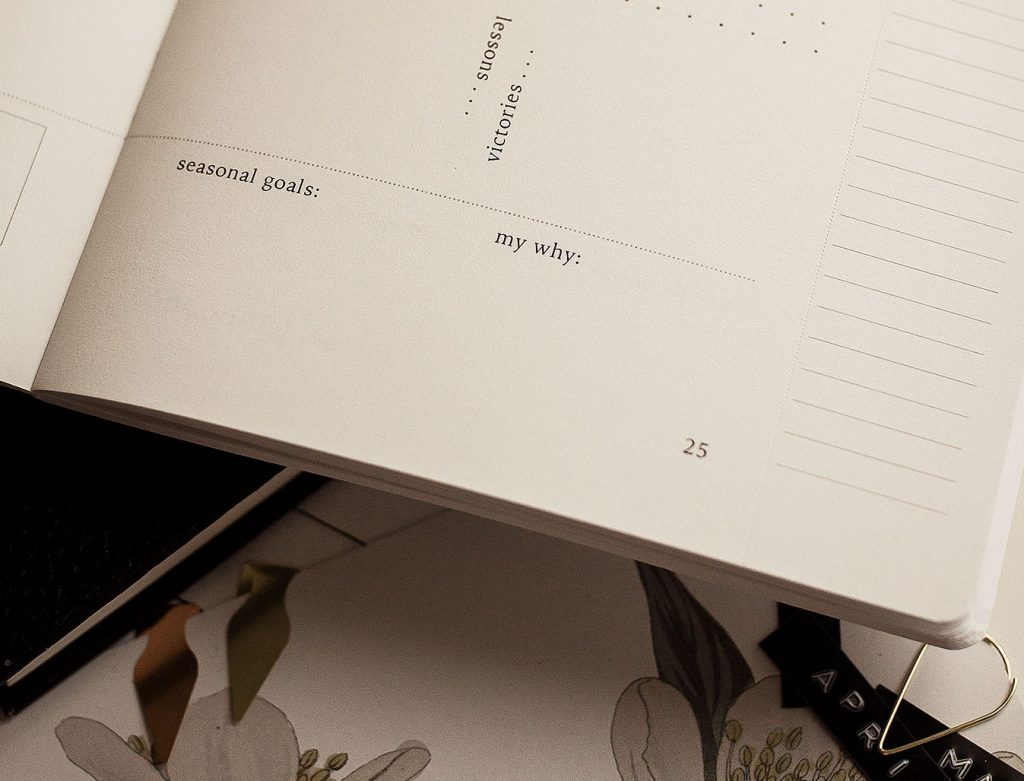
Leave a Reply